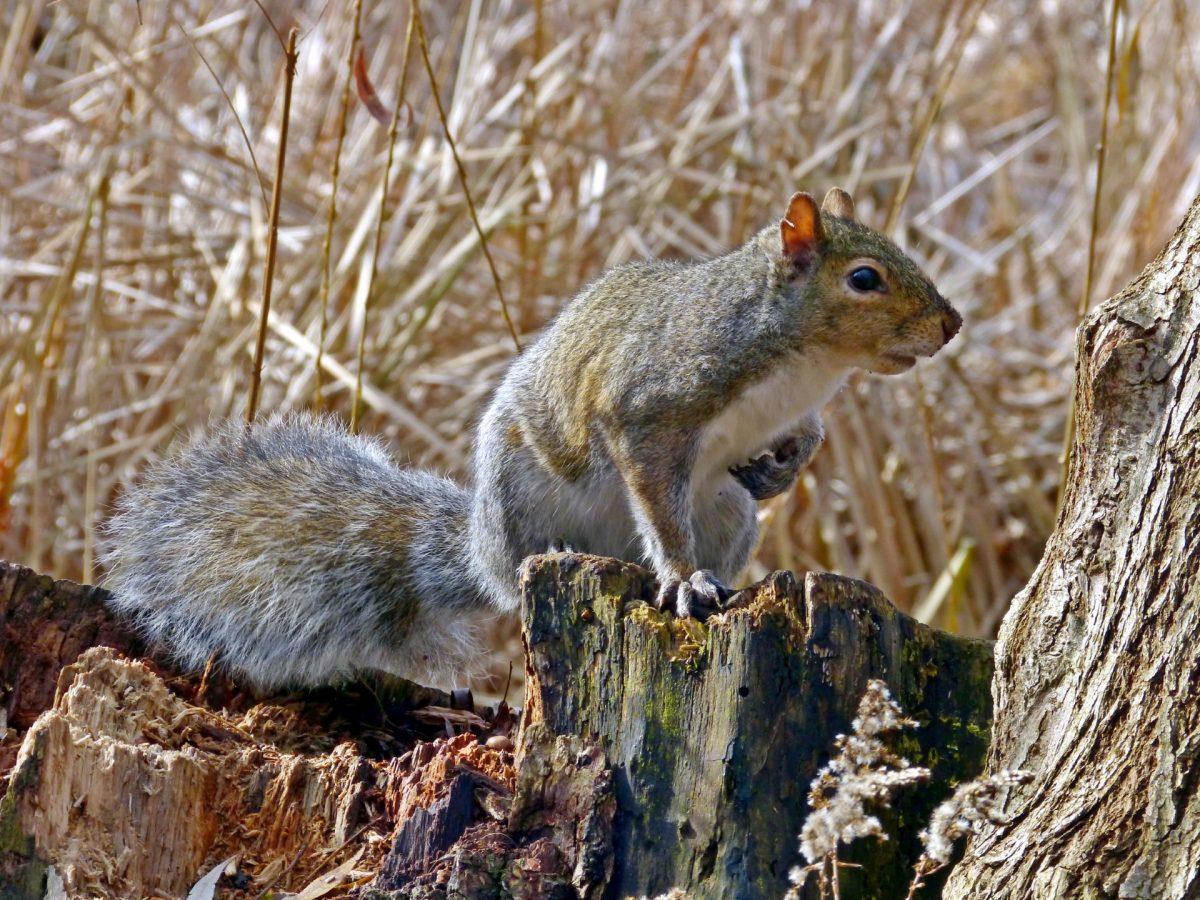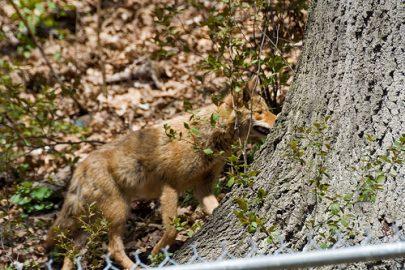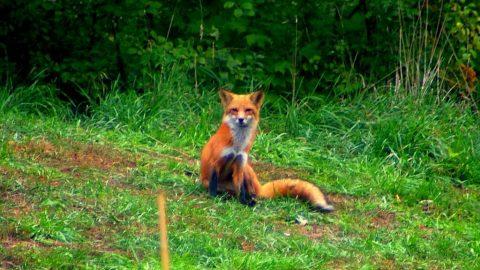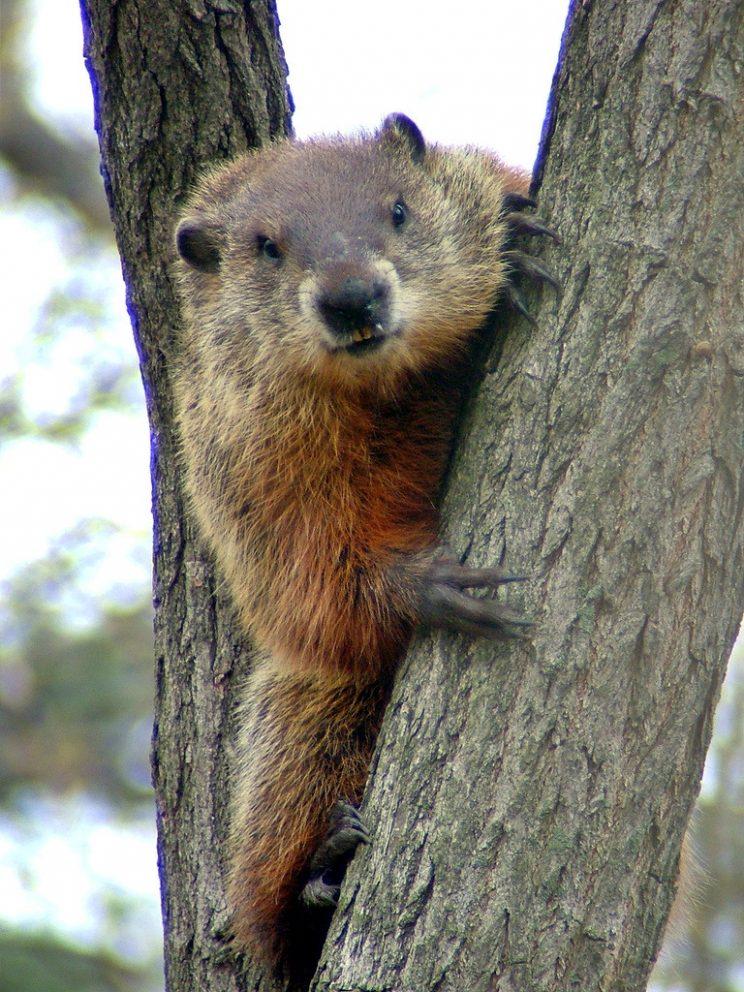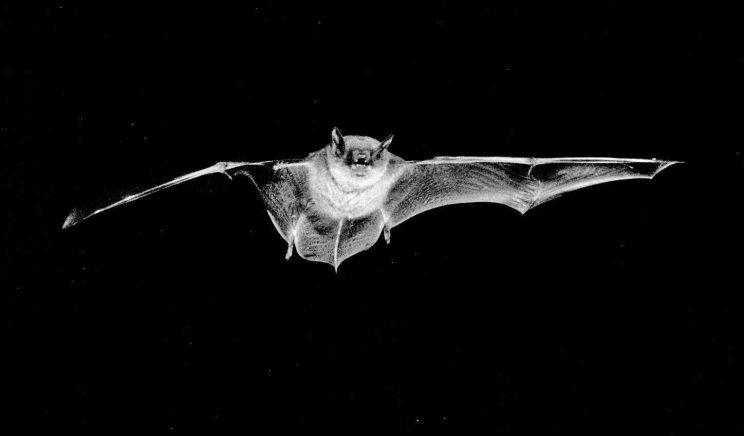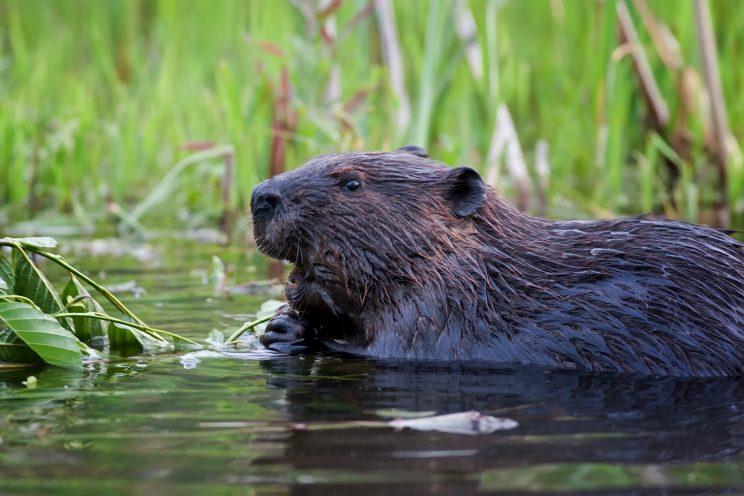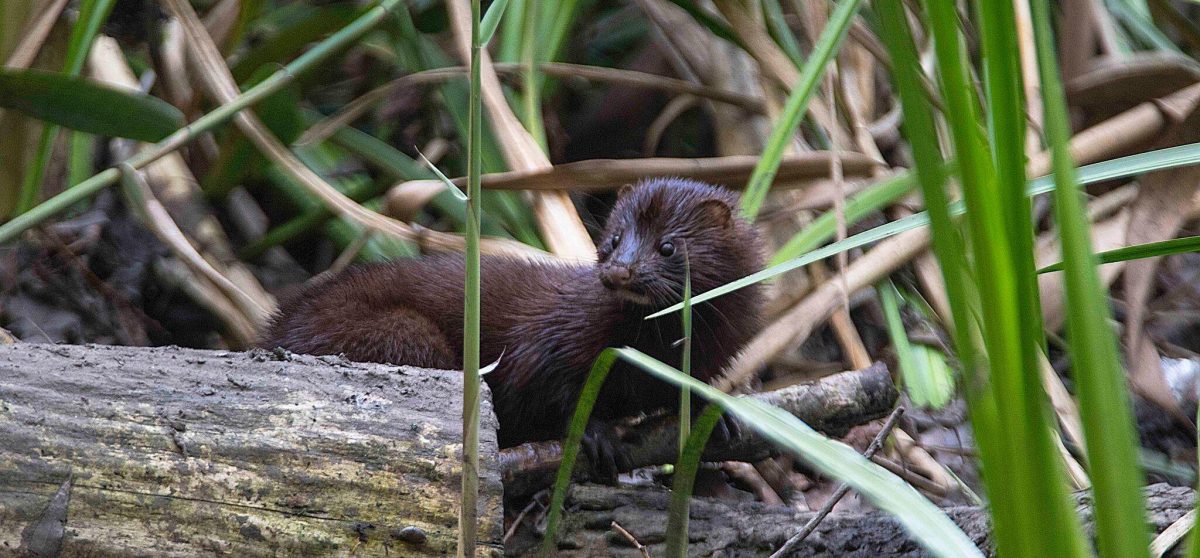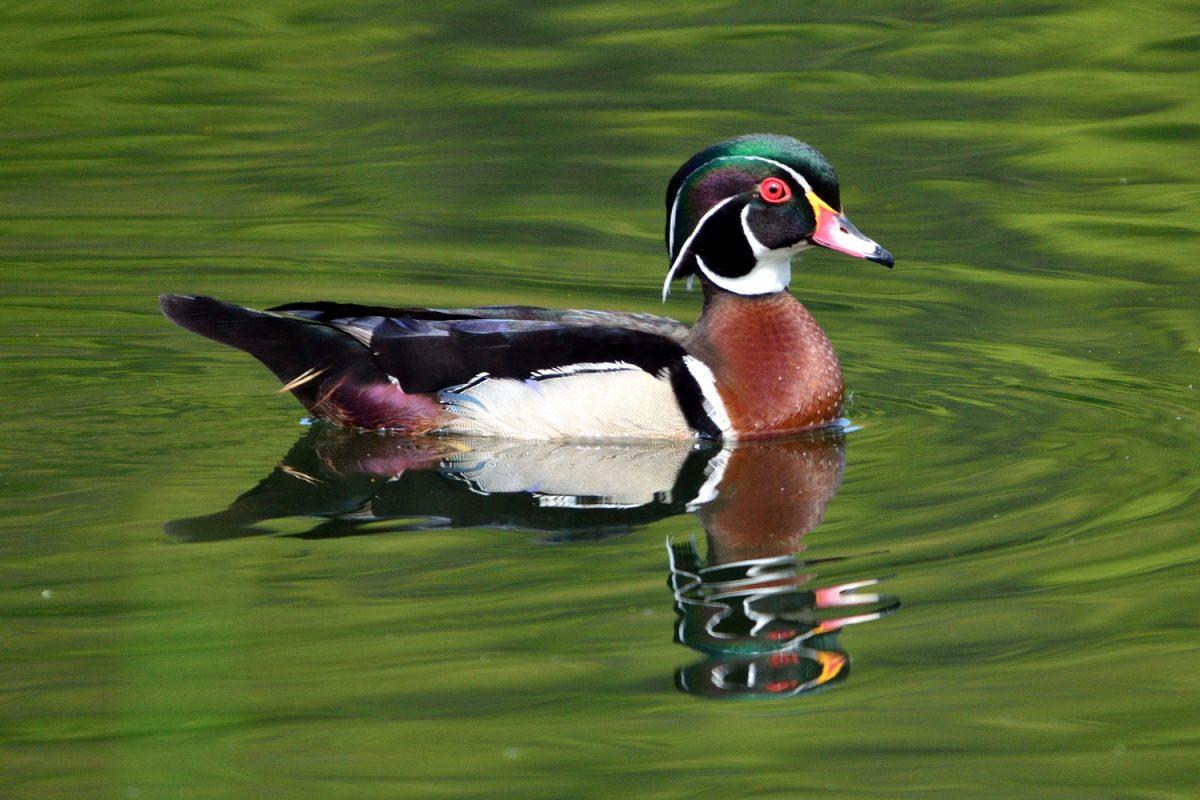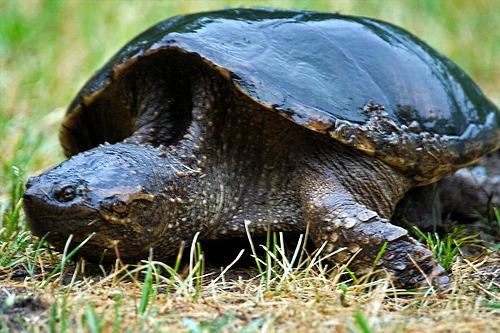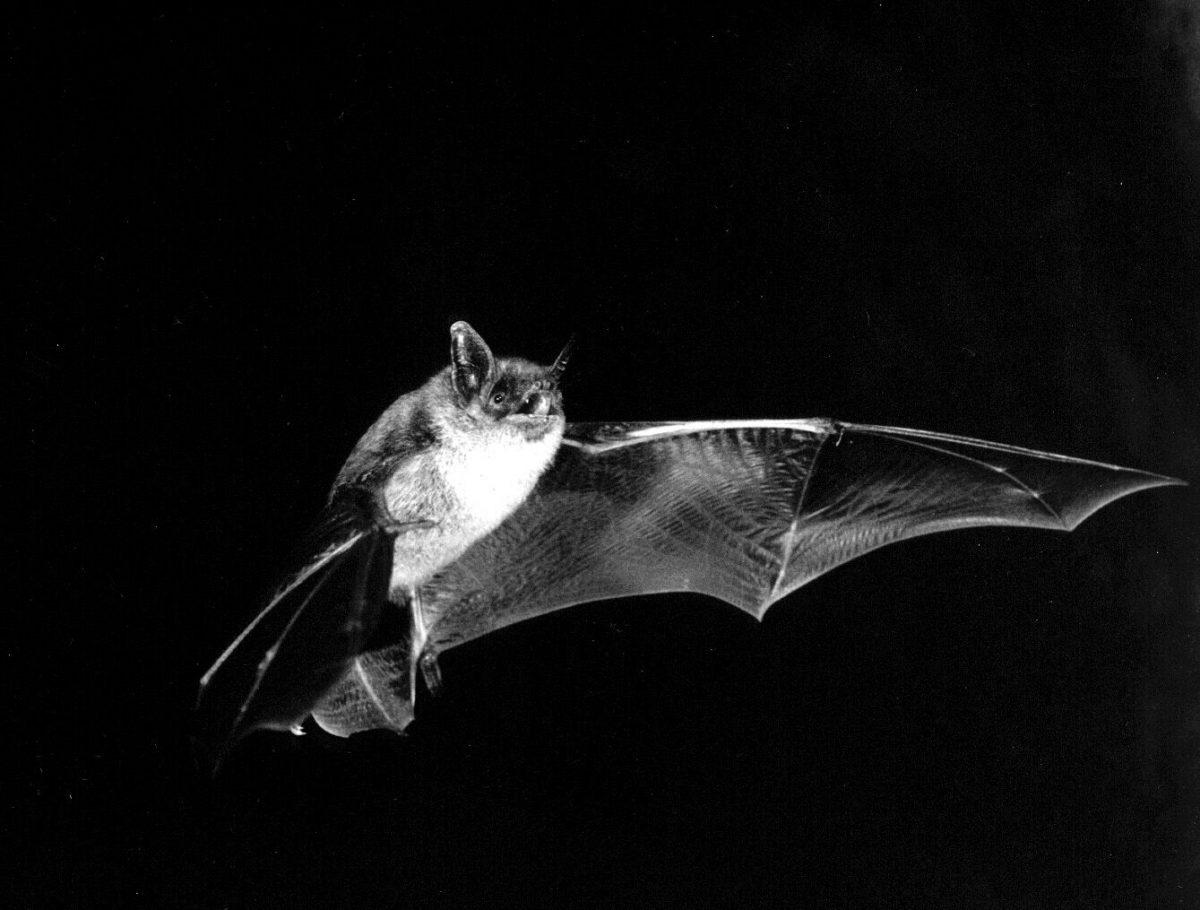by High Park Nature
Located in the heart of Canada’s largest city, High Park, with its varied habitats, continues to support healthy populations of several mammal species. Most are residents but some are occasional visitors from nearby natural areas.
A native of prairie grasslands, the coyote has greatly expanded its range after the widespread clearing of forests and the elimination of grey wolves in most of North America. It has become well-established in the natural valleylands, ravines and parks of the Greater Toronto Area.
Another carnivore that has bred regularly in High Park, the red fox has also been increasing in Toronto in recent years. Coyote, red fox and even white-tailed deer have reached High Park through nearby corridors.
High Park’s most familiar form of wildlife, the grey squirrel, was common in deciduous forests at the time of European settlement, and has been at home in our cities and urban parks ever since. More often black in colour than grey in the Toronto region, this species can be found in all areas of the park, from its formal lawns to its forests. The large population of grey squirrels may be contributing to poor oak regeneration, since acorns are a favoured food source, although their storing habits may also help in the planting process. The less common red squirrel also occurs in High Park. Southern flying-squirrel, once a regular breeding species, has not been observed in the park since the 1970s.
Eastern chipmunk – a boldly striped small squirrel species that nests in underground dens – is most frequently observed in the oak woodlands.
Woodchuck, or groundhog, is a large stocky member of the rodent family that occurs in the park in small numbers.
Other familiar city-adapted mammals that make their home in High Park are raccoons and striped skunk. Since both species are largely nocturnal, visitors to the park are more likely to see evidence of their recent presence, such as footprints and grubbed lawns, than the animals themselves. However, raccoons can sometimes be observed during the day sleeping in the upper branches of tall trees.
Big brown bats are common in High Park. Several migratory bat species are present in the park on a seasonal basis. Little brown bats were once common but are now rare and possibly absent from High Park due to White Nose Syndrome. Bats roost in tree hollows and under eavestroughs and lampposts during the day. They emerge at dusk and can sometimes be seen swooping after insects in the Hillside Gardens and along the shoreline of Grenadier Pond or the Duck Ponds.
Cottontail rabbits, opossum, deer mice, meadow voles and Norway rats have been observed in High Park. Other small mammals, such as shrews and moles, may also live in the park.
Muskrat and beaver have been seen in Grenadier Pond and the park’s other ponds and wetlands, likely moving in from the nearby Humber marshes. Although both species are active chiefly between dusk and sunrise, they may feed during daylight hours, especially on cloudy days. Muskrats rely heavily on aquatic plants for food, particularly cattails, while beavers also consume woody plant species such as willows, poplars, alder and birch. Mink have also been spotted in recent years.
Sources
- High Park: Restoring a Jewel of Toronto’s Park System (PDF), Kidd, Christensen and McEwen, Forestry, Parks and Recreation Division, City of Toronto, 2000. Revised and updated January 2008.
See also
- Mammals of Toronto's High Park
- Table 2, Mammals currently on record, 2002 (pdf). Excerpt from 2002 High Park Woodland & Savannah Management Plan
- Mammals of Toronto Book – Part 1, 2012, Toronto Biodiversity Booklet Series
- Mammals of Toronto Book – Part 2, 2012, Toronto Biodiversity Booklet Series

